See details
READ MORE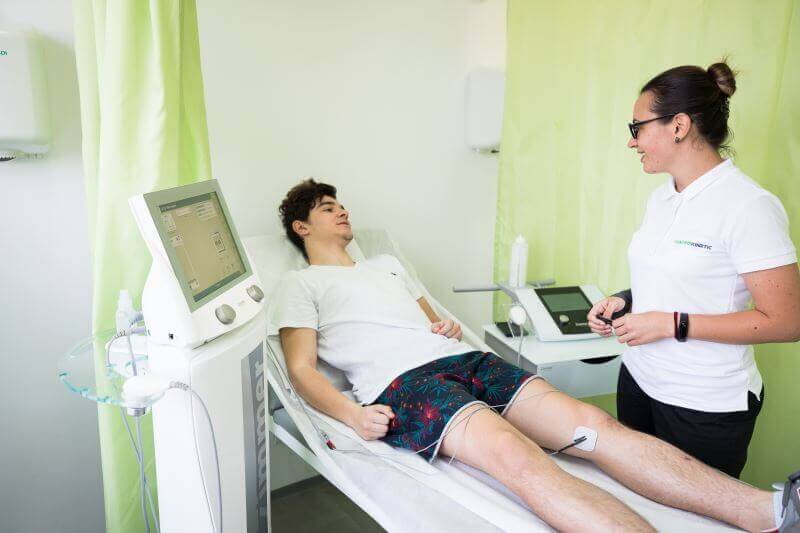
Electrotherapy in physiotherapy treatments
If you accidentally electrocuted yourself when you were a child, then you will surely remember the sudden shock you felt or the stinging sensation. Reduce this experience to a much lower scale and you are not far from this treatment available in our clinic, with applicability in pain management and promoting tissue healing.
Electrical stimulation to reduce the sensation of pain was used in ancient Rome. Between the 26th and 28th centuries, several electrostatic devices were used to treat migraines or other types of pain, Benjamin Franklin himself being a true follower of this way of managing pain.
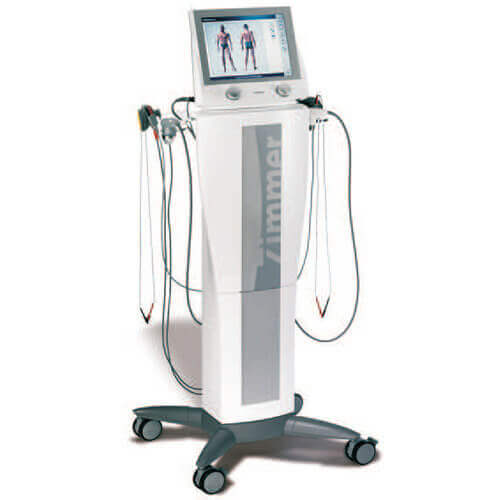 | 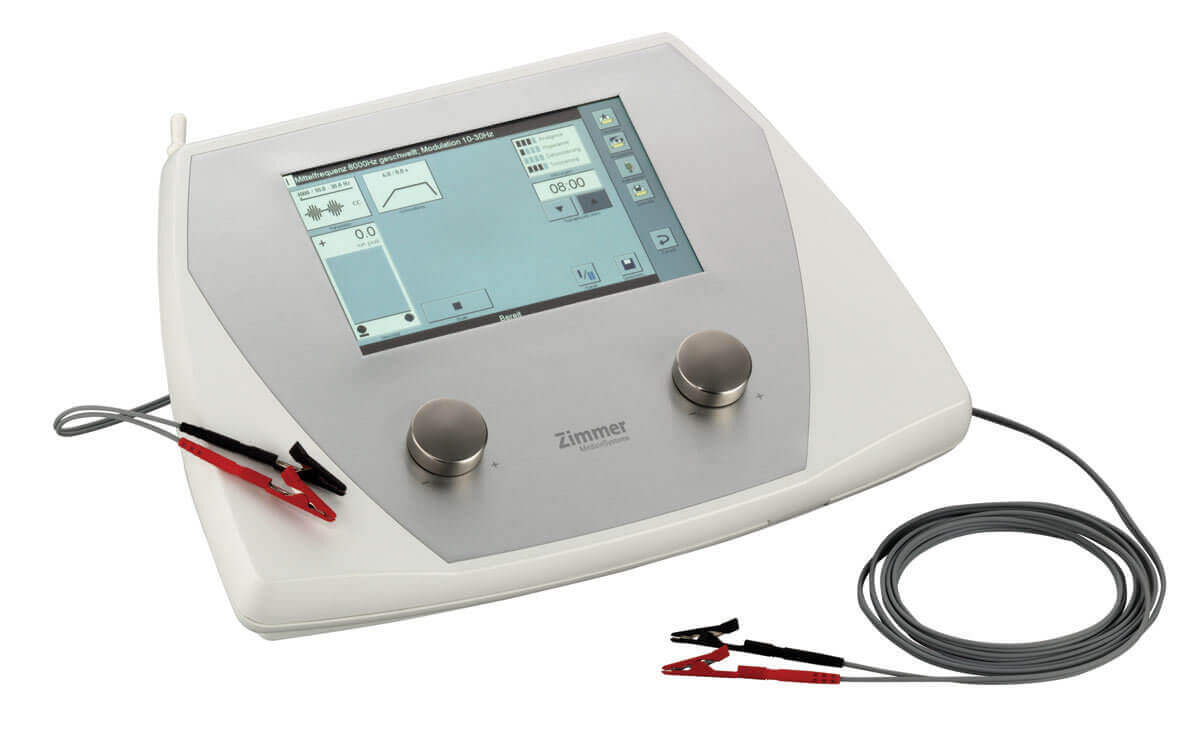 | .jpg) |
Electrotherapy uses electrical signals that interfere with the flow of painful neurotransmitters to the brain. It changes the message from the nerve to the brain. From a physiotherapeutic point of view, alteration of the pain arc (nerve - brain - peripheral tissue), whether the patient has acute or chronic painful episodes, is a crucial treatment where electrotherapy can be an important resource where conventional methods of treatment are not just as efficient. Electrotherapy can also be used to speed up the healing process where tissue damage has occurred. We will discuss, in the following, two different treatment modalities existing today: Transcutaneous electrical nerve stimulation (TENS) and interferential current (IFC).
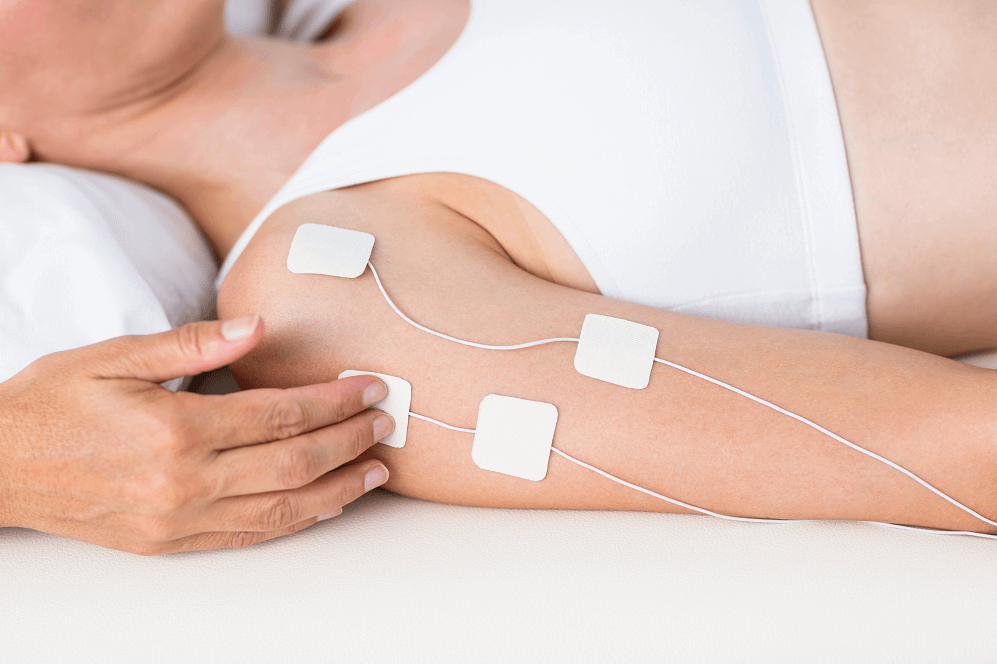 | 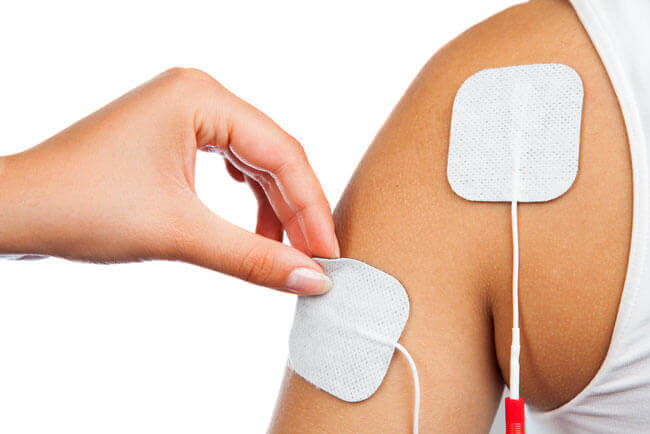 |
TENS (Transcutaneous electrical nerve stimulation)
TENS therapy is widely used to combat various painful conditions such as:
- Osteoarthritis
- Low back pain
- Pain caused by hard work
- Pain caused by nervous disorders as well as in phantomatic pain syndrome
How does electrotherapy work?
An electrical device spreads impulses along the skin. The device is connected through voltage wires with small electrodes that are placed on the skin, at the level of the painful area. This allows a low-intensity electrical charge in the painful area. TENS can work in two ways:
- High-frequency stimulation, by stimulating certain nerve fibers that do not cause pain, will send signals to the brain that will block other nerve signals that cause pain. High-frequency stimulation, sometimes called conventional stimulation, can be tolerated for hours, but the sensation of pain relief will be maintained for short periods.
- Low-frequency stimulation promotes the production of endorphins, which are part of our natural pain system. Low-frequency stimulation is less comfortabl
Unlike many painkillers, TENS is not addictive and has few side effects. However, the following category of patients cannot benefit from this method of treatment in the area of physiotherapy:
- People with epilepsy;
- Patients with pacemakers or other heart problems;
- Patients in whom the source of pain is not documented;
- Certain skin pathologies;
- Certain areas in pregnant women.
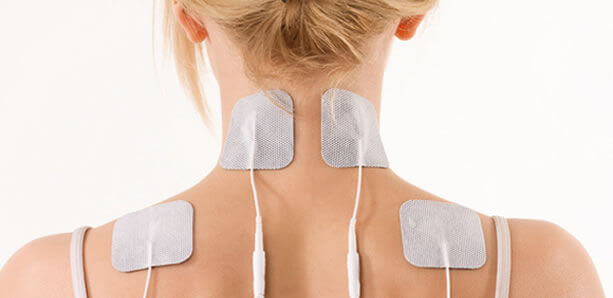 | 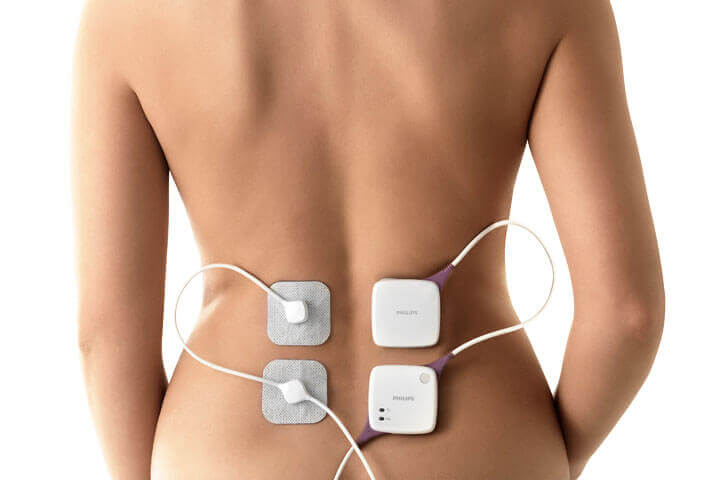 |
Stimulating the healing and repair of soft tissues
In acute pathologies, short treatment periods of 5-10 minutes may be sufficient to achieve the desired effect. In other situations, it is necessary to stimulate the tissues for 20 or 30 minutes. Short treatment periods have applicability, especially in acute conditions.
Centrokinetic has a very experienced team in the field of physiotherapy, specialized in sports traumatology, accredited in Tecar therapy, dynamic taping, massage, Graston technique, Kinesio Tape, ERGON, flossing band.
Our team has attended numerous overspecialized courses with trainers from the country and abroad, being certified to perform therapies at the highest level. The experience gained in recent years has meant treating over 150 patients per month.
Our team has worked with countless performance athletes, helping them to return to the sport that consecrated them, being highly appreciated by the Romanian national rugby team, the CSA Steaua Bucharest rugby team, the athletes from Absoluto, the Romanian Federation of Fights, but also by many others.
Centrokinetic is the place where you will find clear answers and solutions for your motricity problems. The clinic is dedicated to osteoarticular diseases and is divided into the following specialized departments:
- Orthopedics , a department composed of an extremely experienced team of orthopedic doctors, led by Dr. Andrei Ioan Bogdan, primary care physician in orthopedics-traumatology, with surgical activity at Medlife Orthopedic Hospital, specialized in sports traumatology and ankle and foot surgery. .
- Pediatric orthopedics , where children's sports conditions are treated (ligament and meniscus injuries), spinal deformities (scoliosis, kyphosis, hyperlordosis) and those of the feet (hallux valgus, hallux rigidus, equine larynx, flat valgus, hollow foot).
- Neurology , which has an ultra-performing department, where consultations, electroencephalograms (EEG) and electromyography (EMG) are performed.
- Medical recovery for adults and children , department specialized in the recovery of performance athletes, in spinal disorders, in the recovery of children with neurological and traumatic diseases. Our experience is extremely rich, treating over 5000 performance athletes.
- Medical imaging , the clinic being equipped with ultrasound and MRI, high-performance devices dedicated to musculoskeletal disorders, and complemented by an experienced team of radiologists: Dr. Sorin Ghiea and Dr. Cosmin Pantu, specialized in musculoskeletal imaging.
Find the latest news by following the Facebook and YouTube accounts of the Centrokinetic clinic.
Prices
If you are looking for an electrotherapy clinic, you can find here a detailed list of individual services. But any good rehabilitation plan has to be founded on a combined plan of custom therapies and procedures, depending on the medical problem: stage, the patient's profile and other objective medical factors. So, in order to create a treatment plan, please make an appointment for an initial medical examination.
SUCCESSFUL RECOVERY STORIES

MAKE AN APPOINTMENT
CONTACT US
MAKE AN APPOINTMENT
FOR AN EXAMINATION
See here how you can make an appointment and the location of our clinics.
MAKE AN APPOINTMENT




































































































































